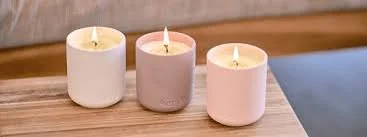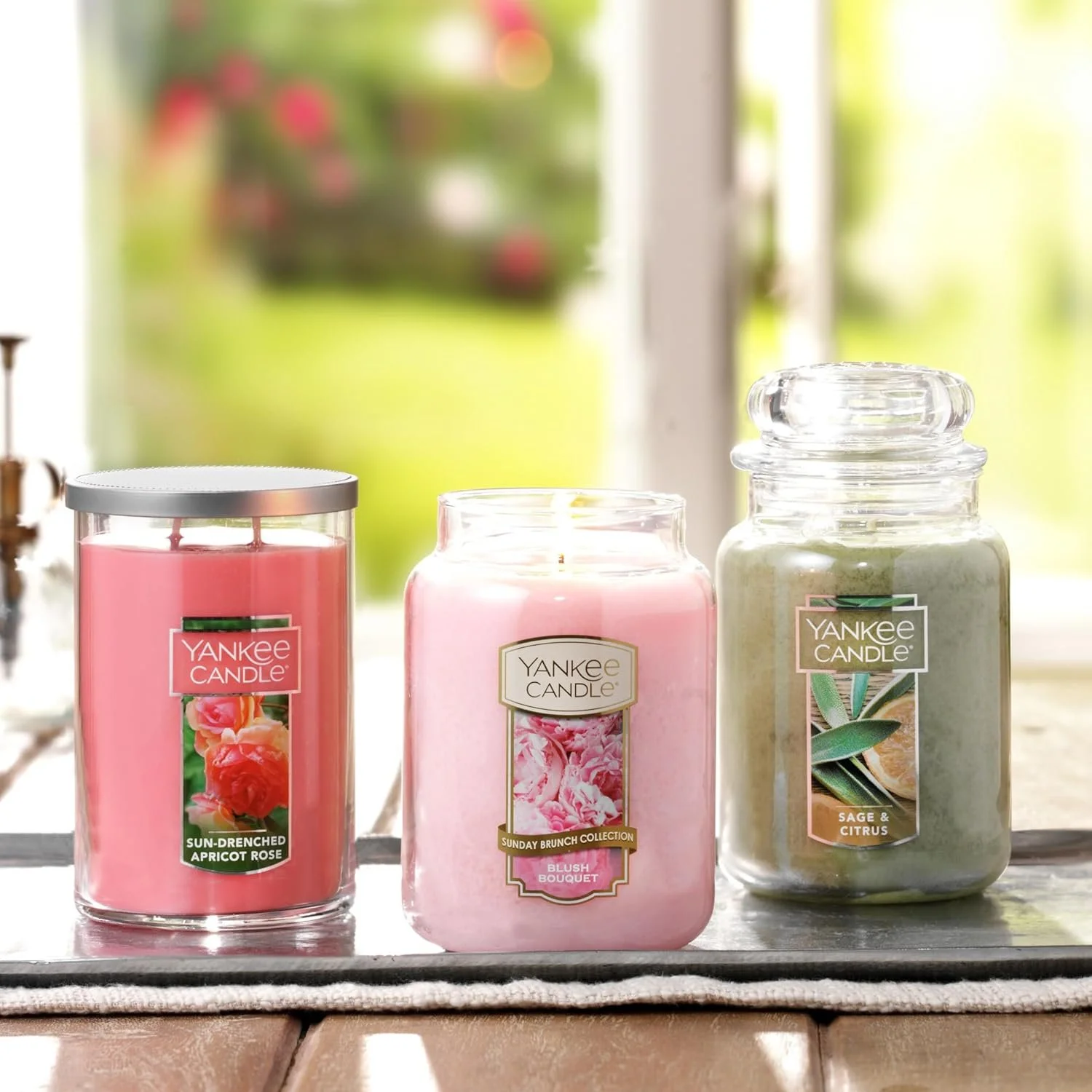Are Your Candles Making You Sick? The Hidden Truth About Indoor Air & Safer Alternatives
Candles feel cozy, romantic, and relaxing — but what if that comforting flicker is filling your home with hidden toxins? The truth is, most candles on the market are anything but clean. And even “natural” options like beeswax aren’t always as safe as they seem. Let’s break down what’s really going on when you light that wick.
The Hidden Toxins in Conventional Candles
Most candles are made from paraffin wax — a petroleum byproduct. When burned, paraffin releases toxic compounds, including:
Benzene and toluene → both are known carcinogens that can irritate the lungs and nervous system.
Formaldehyde → a respiratory irritant that’s also linked with cancer risk.
Soot particles → tiny bits of carbon that settle on walls, furniture, and even in your lungs.
On top of that, many candles are scented with synthetic fragrances, which often contain phthalates (hormone disruptors linked with fertility issues, asthma, and allergies).
The Wick Problem
Candles don’t just release toxins from the wax — the wick can be a culprit too.
Some wicks are treated with lead or heavy metals, which release into the air as you burn them. Even though lead wicks were banned in the U.S. in 2003, many imported candles still contain them.
Others are stiffened with chemicals that create more soot and pollution indoors.
What About “Natural” Candles Like Soy or Beeswax?
Many people switch to soy or beeswax candles thinking they’re safer. And while they may reduce some toxic load, they’re not completely innocent:
Soy candles are often blended with paraffin and still contain synthetic fragrances.
Beeswax candles burn cleaner, but studies have shown they can still release particulate matter and trace volatile compounds that worsen indoor air quality — especially in small, poorly ventilated rooms.
Bottom line: just because it’s labeled “natural” doesn’t mean it’s toxin-free.
Are There Truly Safe Candle Alternatives?
If you love the cozy glow of candles, don’t worry — you don’t have to give them up completely. Here are safer ways to set the mood:
Safer Candles
Look for 100% unscented, organic beeswax candles with a cotton or hemp wick (verify no paraffin blends).
Choose candles scented only with pure essential oils — and even then, burn sparingly since essential oils can still irritate sensitive lungs when burned.
Non-Candle Alternatives
Himalayan salt lamps → give off a warm, calming glow without combustion.
Beeswax or soy tealight warmers (using an electric warmer instead of flame).
Essential oil diffusers → provide scent without burning chemicals (use high-quality, pure oils).
Final Thoughts
Your home should be a sanctuary — not a place where your air is quietly being polluted. While candles may seem harmless, the science shows otherwise: paraffin, synthetic fragrance, and even some “natural” candles can all release toxins into your indoor environment.
If you love the cozy candlelight, choose wisely: unscented, clean-burning candles with natural wicks, and use them in well-ventilated spaces.
Even better? Swap them for glow-giving alternatives that keep your air fresh and your body safe.


